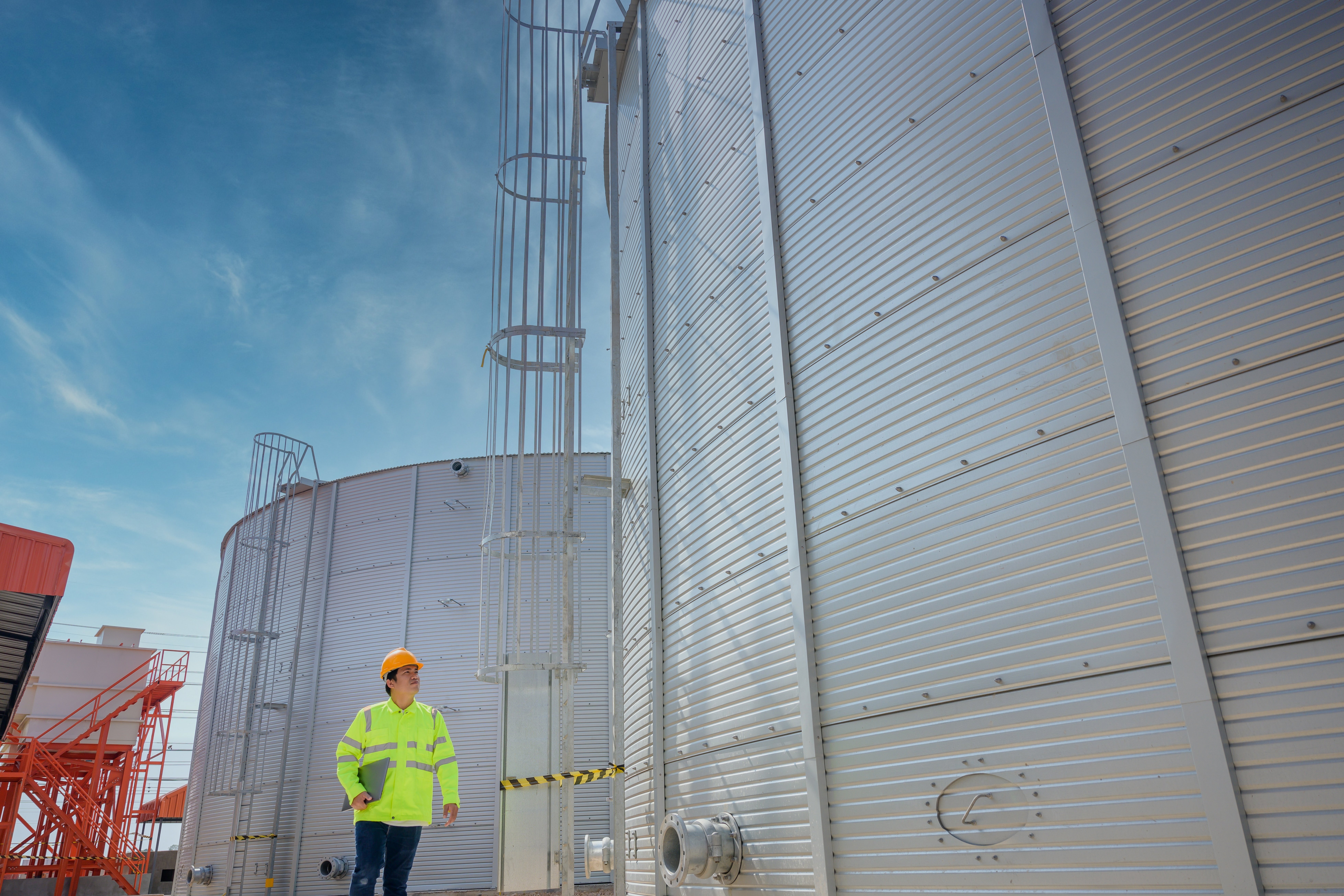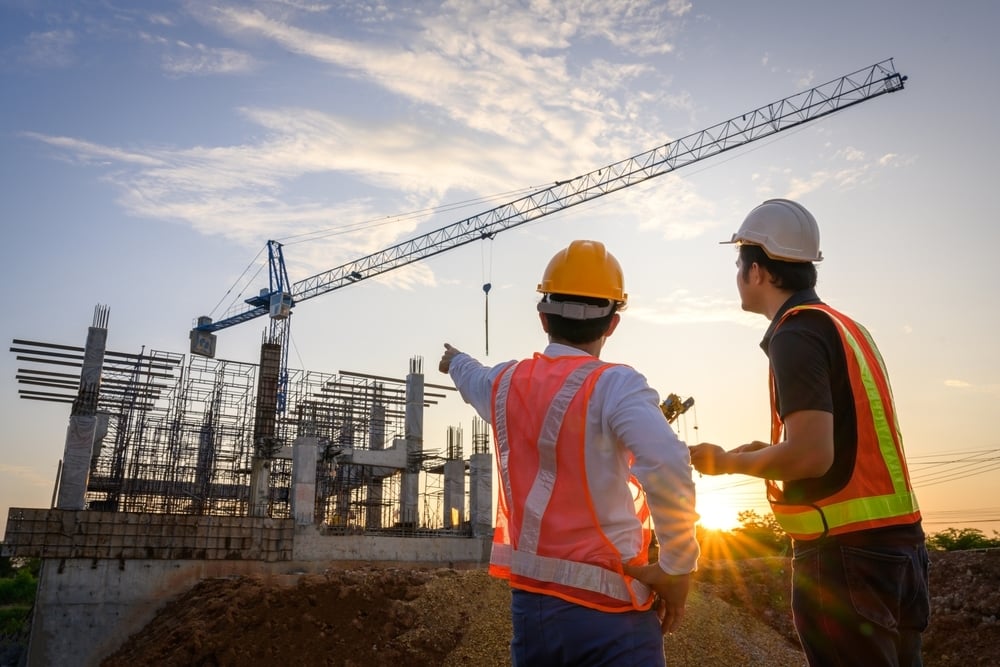Enhancing Efficiency and Precision in Stick-Build Projects
In the ever-evolving construction industry, efficiency and precision are crucial for delivering high-quality projects on time and within budget. With the increasing complexity of large-scale builds, particularly in steel construction, managing Installation Work Packages (IWPs) can be a challenging task. However, advancements in technology are playing a pivotal role in streamlining this process. One such advancement is the Automated IWP Creation feature, a breakthrough innovation that allows for the seamless generation of IWPs based on project-specific data, including crew capacity and construction methods.
What is Automated IWP Creation?
Automated IWP Creation is a feature designed to optimize the planning and execution of stick-build projects, specifically in steel construction. It allows users to automatically generate IWPs from structural steel models by leveraging data from 3D models, Bill of Materials (BoM), and other sources. By automating the IWP creation process, the system reduces human error, enhances efficiency, and ensures that the right materials and tasks are assigned to the right crew members in the correct sequence.
Key Features and Benefits
Streamlined IWP Generation
The feature simplifies the process of creating IWPs by using data from structural models and predefined parameters. By specifying steel assemblies in the model, users can generate IWPs based on crew capacity, ensuring that each IWP remains within the scope of what the crew can handle at any given time.
Advanced Sequencing Capabilities
The system automatically organizes the sequence of tasks, considering factors such as crew capacity, location, and dependencies between tasks. This results in a smooth flow of activities, avoiding bottlenecks and ensuring tasks are executed in the most efficient manner possible.
Object and Task Customization
Users can specify the order of tasks and how different assemblies are handled. For example, primary steel components are erected first, followed by secondary components. Additionally, users can adjust settings to allow primary and secondary components to be erected simultaneously, depending on the project's specific requirements.
Intelligent Location and Direction Management
The feature enables users to specify the location of each assembly in the structure and automatically assigns indexes. The system intelligently selects assemblies based on their spatial relationships, ensuring that components are installed in a logical sequence. It also takes into account the direction of installation and adjusts its approach accordingly.
Flexibility and Control
While the system automatically generates IWPs, users retain full control over the process. They can manually select specific assemblies for inclusion or exclusion from the IWPs, ensuring that any special requirements or constraints are met. This flexibility is vital for complex projects that may involve unique conditions or last-minute changes.
Preview, Reordering, and Adjustments
O3 allows Workface Planners to preview assemblies within each IWP, review them, and fine-tune the installation sequence if needed. Users can move, remove, and rearrange the sequence of assemblies within an IWP, as well as between IWPs, during the preview stage. This full visibility helps in creating structured, optimized sequencing of assembly installation.
Merging and Splitting IWPs
O3 also enables Workface Planners to merge, split, and reorder IWPs during the preview stage, offering further flexibility to optimize installation sequencing for the entire project.
Improved Collaboration
By centralizing the IWP creation process and automating key tasks, teams can work more collaboratively and efficiently. Designers, planners, and crews are all aligned on the same project data, leading to better communication and fewer errors in the field.
Automatic Adjustments Based on Constraints
The system can take into account specific constraints, such as dependencies between tasks. For example, the foundation must be completed before the installation of steel vertical CCs. The automated sequencing ensures that these dependencies are respected, reducing the risk of delays and improving the overall workflow.
Prioritizing Safety and Stability
O3 prioritizes safety, ensuring that each assembly is installed securely. If necessary, additional assemblies will be added to the IWP to enhance structural stability, ensuring that the project progresses without compromising safety.

Conclusion
Automated IWP Creation is a game-changing tool for the construction industry, particularly in steel and stick-build projects. By automating the generation of IWPs, construction teams can focus on what truly matters—delivering high-quality work on time and within budget. With enhanced sequencing, intelligent task management, and greater control over project execution, this feature represents the future of construction project planning and management.
Stay tuned as we continue to innovate and bring even more powerful features to the O3 platform, setting new standards for efficiency and precision in the construction industry.
To see O3 in action, request your personalized demo today.




